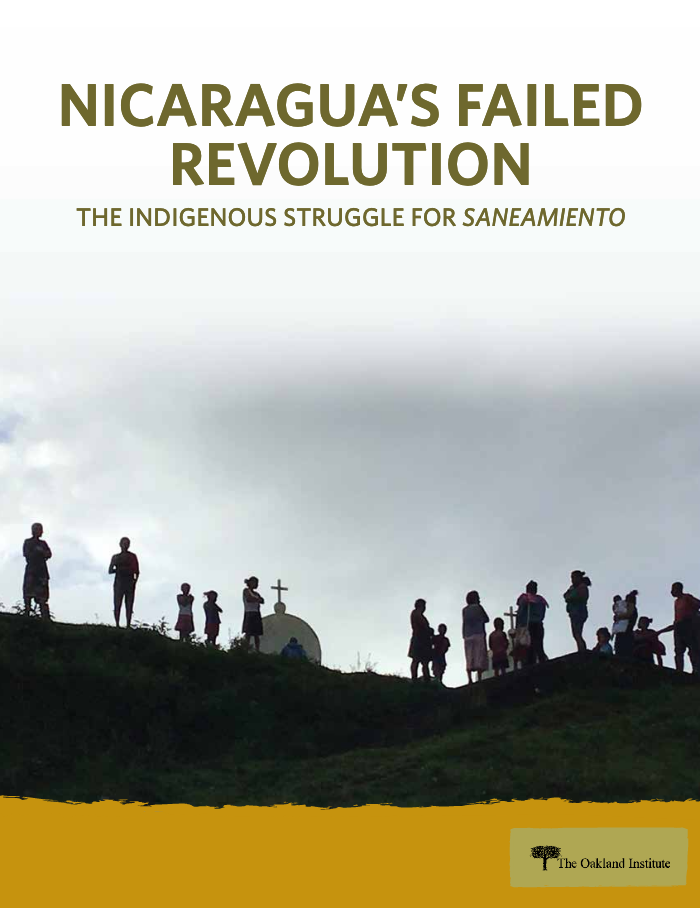Protecting the Moskitia Jungle and the global climate by uplifting indigenous rights and advancing fair trade
The Moskitia is the second largest tropical forest in the Americas after the Amazon that has been deforested by 30% in the last 15 years. At this rate, the Moskitia and the indigenous communities who live there will be gone in two decades. The Moskitia is an indigenous-led international coalition that advances forest conservation and the rights of the indigenous and afro-descendent peoples of eastern Nicaragua and Honduras and is part of the Five Forest Alliance.
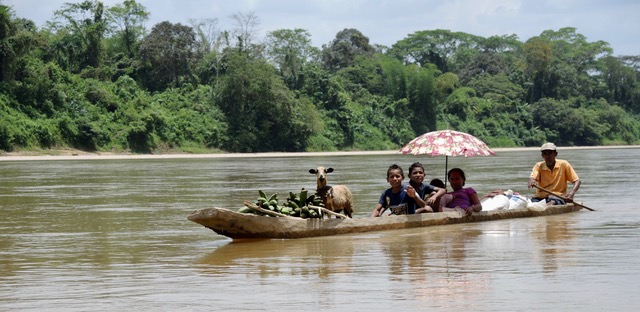
Along the eastern half of Nicaragua and Honduras runs the second largest tropical forest after the Amazon in the Americas. The vast, but little known Moskitia jungle is a tropical forest four times the size of the Grand Canyon National Park (or two and half times the size of Puerto Rico). Located in Nicaragua and Honduras, it straddles the border between Nicaragua and Honduras along the Rio Coco, the largest river in Central America and the main artery of the forest. The massive forest is home to endangered endemic creatures such as Bard’s tapir and white-lipped peccary and holds the last remaining stands of tropical hardwoods in the region. This massive tropical forest called the Moskitia includes enormous bio-preserves such as the Bosawas, the Tawahka, and Rio Platano.
The Moskitia forest is the traditional territory of half a million Indigenous and Afro-descendant peoples (Miskitu, Mayagna, Rama, and Afro-descendents) spanning throughout the Atlantic Coast of Nicaragua and Honduras. The traditional management systems (milpa system, perennial polyculture, wild tending, and selective hunting and fishing) of these inhabitants have maintained the surrounding forest diversity and health for millennia. From 2000-2010, up to a third of the Moskitia was deforested by non-native actors illegally logging precious hardwoods and ranching cattle for export mainly to the USA. The last decade has brought an even more dramatic increase in logging and cattle. At the current rate of deforestation, the Moskitia forest and the cultures that call it home could be gone by 2030.
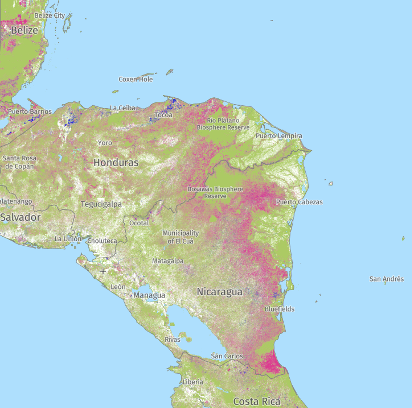
In recent decades, indigenous Nicaraguans have been pushed off their traditional lands by non-native settlers seeking tropical hardwoods and land for cattle ranching. This article published in Mongabay delves into how the global demand for cheap beef is a significant factor driving deforestation and violence in the region.
Thousands of indigenous people have fled their villages and are internally displaced refugees in neighboring territories. Indigenous people are being cut off from their rice and bean fields, hunting and gathering areas, and, in some cases, water sources. Food insecurity is making it difficult for indigenous forest dwellers to remain in their villages while they pursue their land rights claims. Changing climate conditions aggravate their quest to persist on their land.
Indigenous people of the Moskitia who have stewarded this ecosystem for millennia remain in large, organized communities who have a thriving culture, language, and ecological management system. Miskito and other indigenous communities are the guardians of the Moskitia and protect the rainforest and the services it provides the world. The indigenous communities are fighting for their autonomous right to maintain access to their traditional lands and forest. Although they have mounted a coordinated legal resistance to the illegal land grab, the onslaught of extraction of their traditional territory continues at an alarming rate. Immediate humanitarian relief is needed to address safety, food, and water threats to communities so they can continue to pursue their rights.
Read the report by the Oakland Institute that details the precarious situation of the Miskitu people in the face of illegal land grabs.
On April 29th, the Oakland Institute released a new report Nicaragua’s Failed Revolution: The Indigenous Struggle for Saneamiento exposing the drivers–foreign gold mining firms, national and international actors in logging and cattle ranching industry, as well as prominent Nicaraguan officials – behind the incessant violence facing the Indigenous & Afro-descendent communities in the Caribbean Coast Autonomous Regions of the country. Nicaragua is seen as exemplary in granting land rights to the Indigenous, however, the report reveals the failure of the government in enforcing these laws, its collusion with business interests, and its active role in the colonization of the protected lands by outsiders. This research and advocacy has generated millions of media impressions, including coverage in the New York Times, Guardian, Le Monde, Washington Post, ABC News, and MongaBay, among others as well as in social media.
Panelists:
Anuradha Mittal, author of the report and Executive Director of the Oakland Institute
Lottie Cunningham, Founder of the Center for Justice and Human Rights of the Atlantic Coast of Nicaragua (CEJUDHCAN)
Guillermo Rodríguez, Advocacy Officer at Center for Justice and International Law (CEJIL’s) program for México and Central America
Moderator:
Kendall Dunnigan, Director of Resilient Communities, Occidental Arts & Ecology Center
Watch this PBS Newshour video that clearly lays out the unethical issues with the beef supply market from Nigaragua to the US.
The Moskita Project Works in Four Areas:
LEGAL – Advance Indigenous and Afro-Descendent Land and Human Rights in the Moskitia
LANDSCAPE – Support Indigenous Community Solutions in governance, economy and health so they can pursue their conservation and human rights goals.
LEVERAGE – Safeguard the Moskitia by tackling the drivers of deforestation

LEGAL Led by the Center for Justice and Human Rights on the Atlantic Coast of Nicaragua, the Moskitia Project advocates for the enforcement of domestic and international laws, treaties and rulings that protect indigenous and afro-descendent people’s land and human rights in the Moskitia forest. The Moskitia Project defends the defenders, indigenous legal advocates and community leaders, who put their lives at risk every day for championing forest conservation and indigenous rights. LANDSCAPE The Moskitia Project supports indigenous communities to survive in their traditional territories while they are fighting a land grab. These efforts include sustainable bio-intensive agriculture by women in the safety of the village; rainwater catchment to provide clean drinking water; indigenous health and medicine traditions to provide health care where there is none, and starting a sustainable soap enterprise. This work builds the capacity of community members to act as change agents toward the autonomy and stewardship of their ancestral territories. LEVERAGE The Moskitia Project halts the destruction of the region by addressing the drivers of deforestation. As part of the Five Forest Alliance, we work collaboratively across Mesoamerica to bring transparency to Meso-American cattle ranching and control of cattle trafficking. We combine powerful importation standards, data-driven cattle traceability tools, and indigenous-led enforcement systems. The Moskitia Project brings together the international and local communities to hold governments and corporations accountable for products that are safe and healthy for both the producing regions and the end consumers.
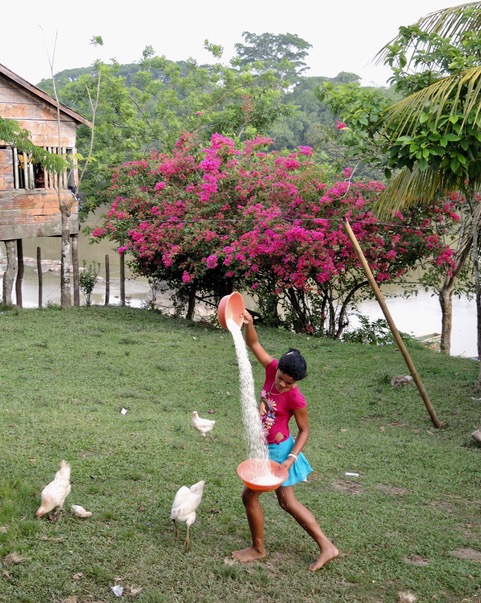
Resources
Reading list:
Learn More
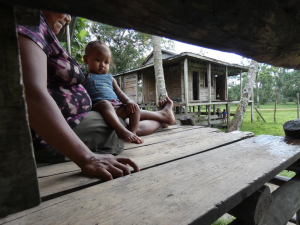
The Occidental Arts & Ecology Center is a movement strategy center based in Northern California. For more than twenty-five years, we have facilitated trans-local networks working at the vanguard of justice and ecological sustainability. Please contact Kendall Dunnigan, Director of Resilient Communities, at for more information on OAEC’s role in the The Moskitia and the Five Forest Alliance.
